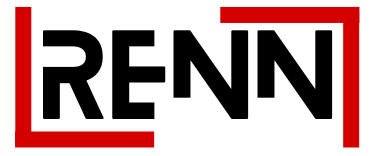Understanding real estate market cycles is crucial for anyone involved in the property market, whether they’re homebuyers, investors, or real estate professionals. These cycles, which involve periods of growth, stagnation, and decline, can significantly impact property values and investment returns.
In Canada, like in any other country, the real estate market doesn’t move in a straight line. Instead, it goes through various phases, often referred to as a cycle. This cycle typically includes four stages: recovery, expansion, hyper supply, and recession.
The recovery phase is characterized by low demand, high vacancy rates, and little construction activity. Property prices are usually low during this phase, making it an ideal time for investors to buy. However, it’s also a period of uncertainty, with the market still reeling from the effects of the previous recession phase.
Next comes the expansion phase, where demand starts to pick up, vacancy rates decrease, and construction activity increases. Property prices start to rise during this phase, and the market gains momentum. This is often the longest phase of the cycle and can last several years.
The hyper supply phase follows, marked by an oversupply of properties due to overbuilding during the expansion phase. Demand starts to decrease, vacancy rates increase, and property prices may start to stagnate or even decline. This phase signals that the market is heading towards a downturn.
Finally, the recession phase is characterized by a significant drop in demand, high vacancy rates, and falling property prices. Construction activity is minimal during this phase. It’s a challenging time for the market, but it also lays the groundwork for the next recovery phase.
In Canada, these market cycles can be influenced by various factors, including economic conditions, interest rates, population growth, and government policies. For instance, a strong economy and low interest rates can stimulate demand, pushing the market towards the expansion phase. Conversely, an economic downturn or high interest rates can dampen demand, leading to a recession phase.
Moreover, these cycles can vary across different regions in Canada. For example, the real estate market in Vancouver might be in the expansion phase, while the market in Calgary is in the recovery phase. This regional variation is due to differences in local economic conditions, population growth, and housing policies.
Understanding these market cycles can help individuals make informed decisions about buying or selling properties. For instance, buying a property during the recovery phase and selling it during the hyper supply phase can maximize returns. However, predicting these cycles can be challenging, requiring a thorough understanding of market indicators and trends.





